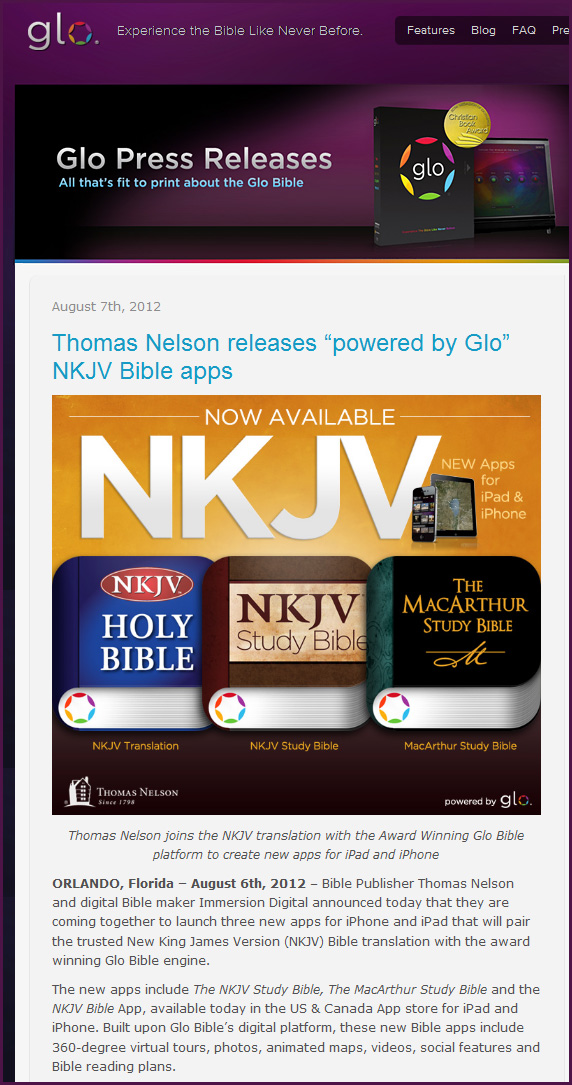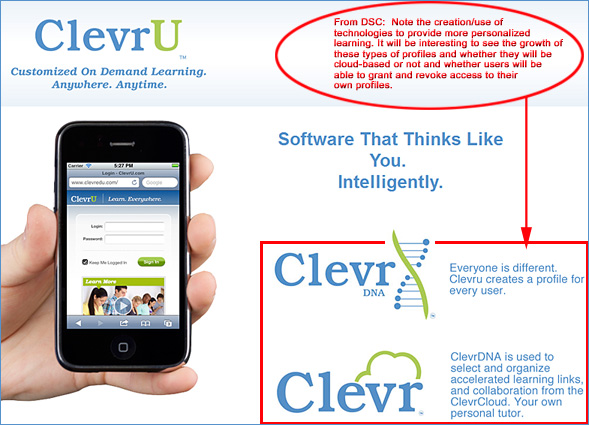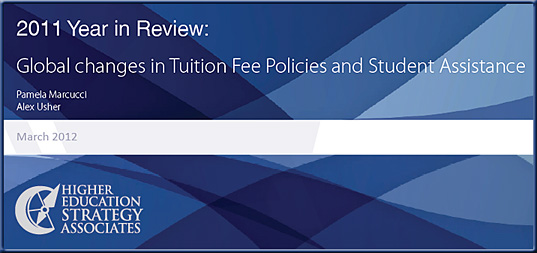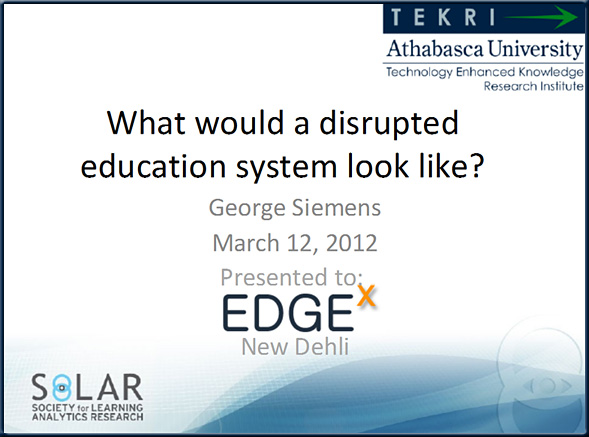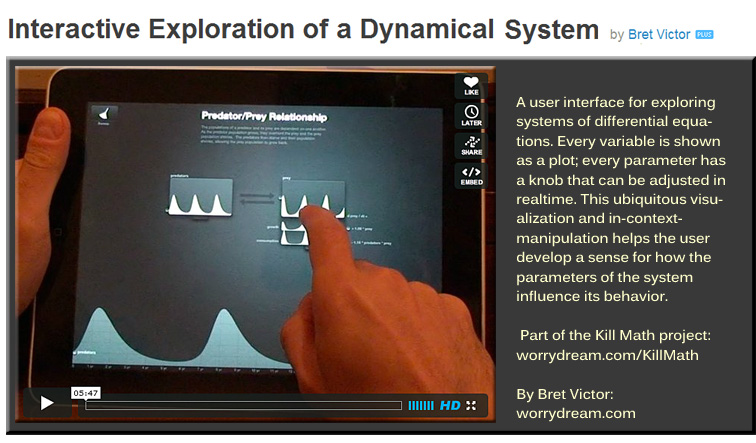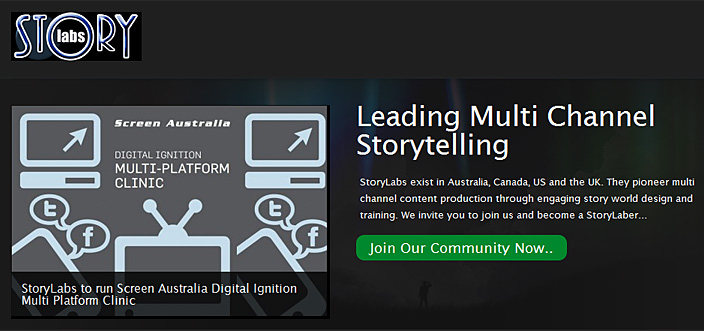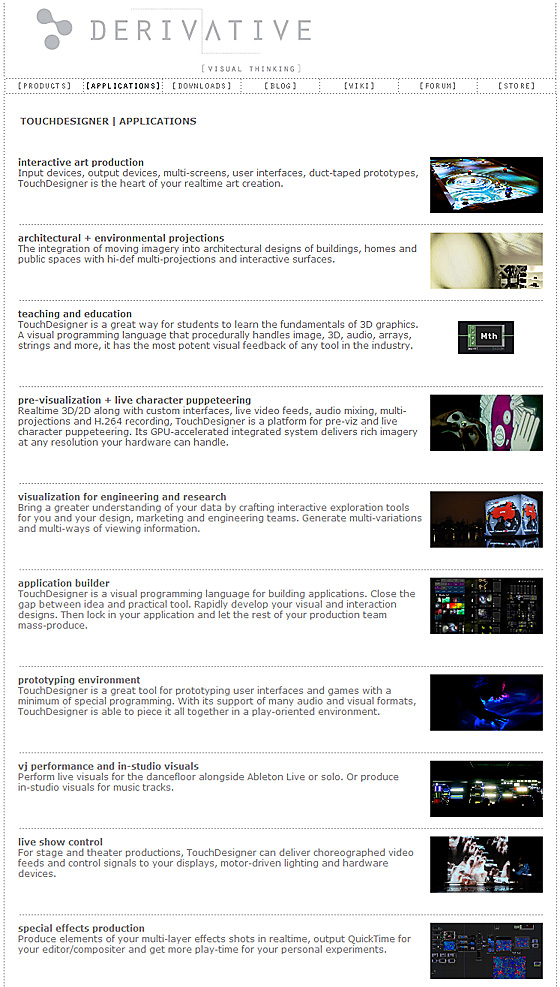Nine steps to quality online learning — from Tony Bates
- Introduction
- Step 1: Decide how you want to teach online
- Step 2: Decide on what kind of online course
- Step 3: Work in a Team
- Step 4: Build on existing resources
- Step 5: Master the technology
- Step 6: Set appropriate learning goals
- Step 7: Design course structure and learning activities
- Step 8: Communicate, communicate, communicate
- Step 9: Evaluate and innovate
Also see:
- How [not] to Design an Online Course — from onlinelearninginsights.wordpress.com
Moving a face-to-face credit course to an online environment is far more challenging than one might expect – as numerous experienced and esteemed professors have discovered. In this post learn vicariously through one professor’s experience of ‘what not to do’.









